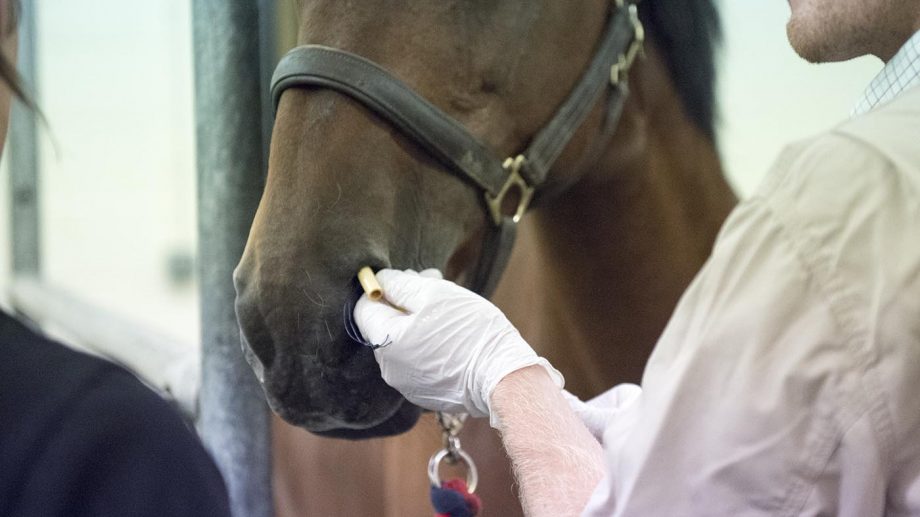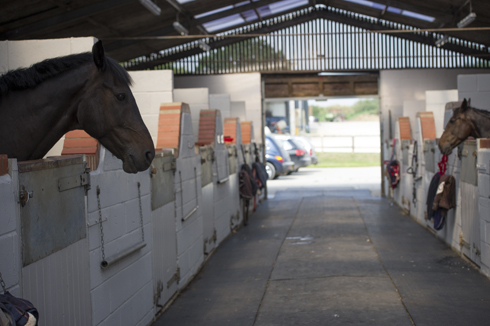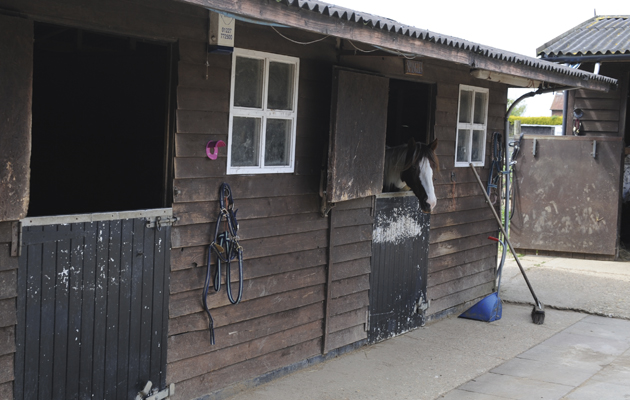Good yard hygiene practices are vital to help keep infectious disease at bay. Yet no matter how thorough your biosecurity plan, is it sufficiently robust to protect your horses from others that visit your property for lessons or other reasons?
The recent equine herpes virus (EHV-1) outbreak in Hampshire served as a stark reminder of the devastating potential of this disease, when four horses were put down after contracting the neurological strain.
Ideally, visitors to your yard will be scrupulous about their own yard biosecurity, maintaining flu vaccinations and keeping horses at home if there is any suspicion they are unwell. But a seemingly healthy animal may be incubating disease, however, bringing infection through your gates in Trojan Horse style. So what can you do?
While experts agree that yard lockdown (ceasing all movement in and out) is extreme if there is no known horse contact with affected premises, it makes sense to have ongoing precautions in place — not just against EHV, but to lessen the risk of other contagious diseases such as equine flu and strangles.
Beating bacteria
A familiar client arrives and unloads their horse for their lesson. Where’s the danger?
“Infectious disease can be spread by direct horse-to-horse contact and also indirectly, where bacteria are transferred via people’s hands or clothing, or tack or yard equipment,” says Richard Hepburn FRCVS, of B&W Equine Vets. “EHV virus particles can live for seven days in an environment, although flu particles may only survive for three.
“The good news is that both are easily killed by disinfectant,” he adds, explaining that simple habits such as a squirt of antibacterial hand gel will help.
“Make sure people bring their own things and don’t borrow yours. Communal hosepipes can harbour viral particles and are a known source of infection spread at shows, so clients should bring buckets and ideally their own water supply. Otherwise, disinfect the hosepipe end regularly.
“Disinfecting the trailer or lorry after each journey is another sensible measure, although rarely done,” adds Richard. “While shared environments such as arenas are thought to be low risk, a quick once-over with a hand-held spray disinfectant is wise where a horse has slobbered on the fencing.”
Keep your distance
Visiting horses that stay overnight, or longer, should be stabled a sufficient distance from your own horses to reduce the chance of disease transmission.
“EHV is a reasonable starting point when considering an isolation protocol, as its consequences are typically the greatest,” says Richard, referring to the possible permanent neurological implications of the disease.
“While the herpes virus does not travel far by air, a good sneeze from an infected horse could send particles a considerable distance. The ideal physical separation would be around 30 metres — in a straight line — between them and your main stable block.
“The bacteria that cause strangles are larger in size and are more often spread by direct horse-to-horse contact,” he explains. “Equine flu virus particles, however, are dispersed by coughing as aerosolised droplets. In the 2007 Australian outbreak, they travelled up to two kilometres by air.”
A practical compromise, says Richard, is an isolation stable separated from the main block by as far as possible and facing a different direction — with separate kit for mucking out, grooming, feeding and watering, along with overalls, hand wash and a foot bath for the handler to use before touching other horses.
“We’ve perhaps become complacent about isolation, but it’s not difficult to be prepared with some common-sense measures,” he adds.
What the professionals do
“We sometimes have clients’ horses on site, but never for an overnight stay,” says event rider William Fox-Pitt. “I never touch a horse if I’m teaching and I don’t allow visitors to the yard to touch mine. If horses are coming, perhaps from overseas, we don’t work ours with them in the arena or on the gallops.
“If you know something’s brewing, you have to keep the outside world out,” adds William, who closed his yard during the last major equine flu outbreak.
“Routinely, during the season, we take every horse’s temperature daily — which has many times been a godsend — and have a strict policy of isolating all new arrivals in a separate four-box unit.”
Rebecca Hughes, who, with husband Gareth, teaches visiting riders at Hughes Dressage, also puts strict biosecurity measures into place.
“Our clients’ horses have no direct contact with ours,” she explains. “They access the indoor school through a separate door, without coming through the yard, and we have separate stables 50 metres away for those staying overnight.
“We also monitor our own horses’ temperatures daily, as part of our yard management strategy, to pick up early signs of infection.”
Ref Horse & Hound; 30 January 2020
You may also be interested in…

Calls for better basic biosecurity to prevent spread of disease *H&H Plus*

Equine herpes virus – all you need to know right now

Equine flu: what all owners need to know to protect their horses

Strangles: what is it, how to spot the signs, plus a new vaccine to help protect your horse

Biosecurity: how to protect your horse from diseases

